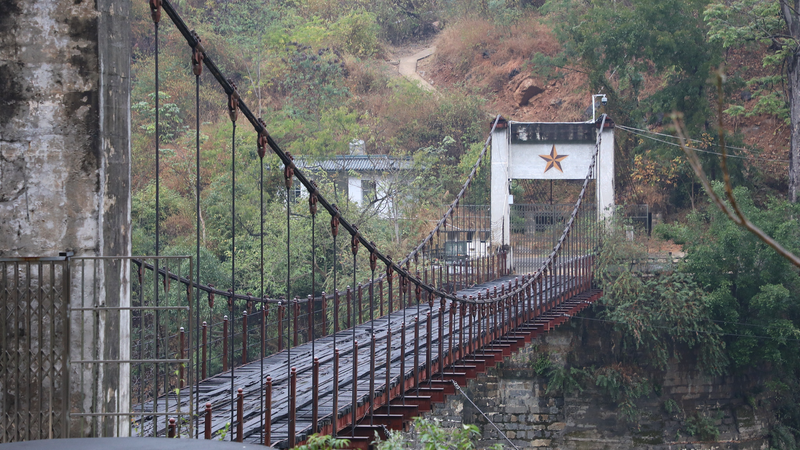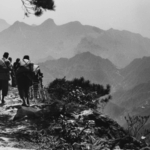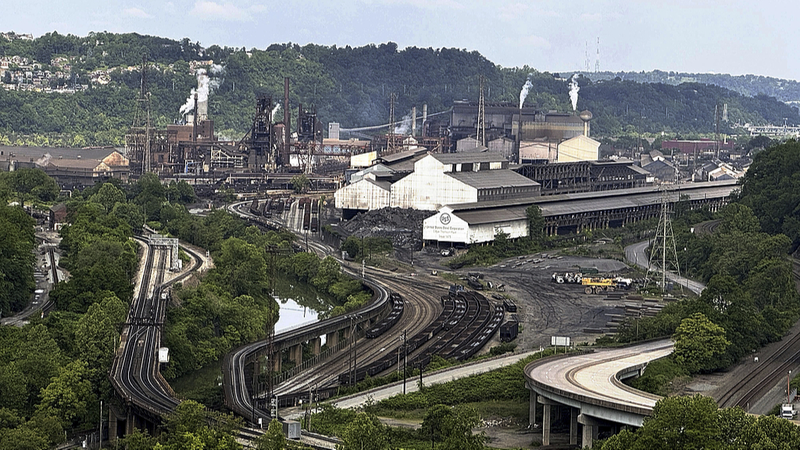Stretching across the roaring Nujiang River in Yunnan Province, Huitong Bridge stands as both a marvel of engineering and a poignant symbol of national perseverance. Built during World War II as part of the strategic Burma Road supply route, this historic structure witnessed dramatic chapters of resistance against Japanese forces.
In 1942, Chinese troops made the agonizing decision to destroy their own creation to stall enemy advances—a sacrifice immortalized in local lore. Two years later, engineers and laborers rebuilt it under intense pressure to support critical campaigns in Tengchong and Longling, showcasing remarkable technical adaptability amid wartime constraints.
Today, rust-streaked steel girders whisper stories of courage to visitors walking its 205-meter span. Preservationists highlight its unique Warren truss design, while historians emphasize its role in maintaining supply lines for the Allied forces. For residents of nearby Baoshan City, the bridge remains a source of collective pride—a physical manifestation of what locals call 'the unbreakable chain linking national spirit and technological triumph.'
As Asia's infrastructure development accelerates, Huitong Bridge serves as a timely reminder of how engineering feats can shape historical narratives. Cultural authorities report growing interest from both domestic travelers and international history enthusiasts, with visitor numbers increasing 18% year-on-year since 2020.
Reference(s):
cgtn.com








